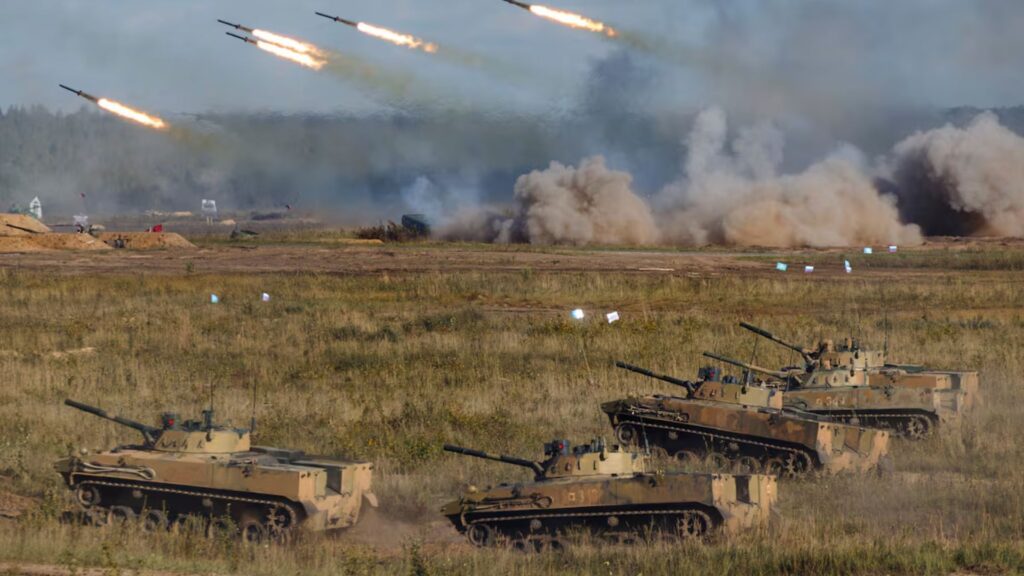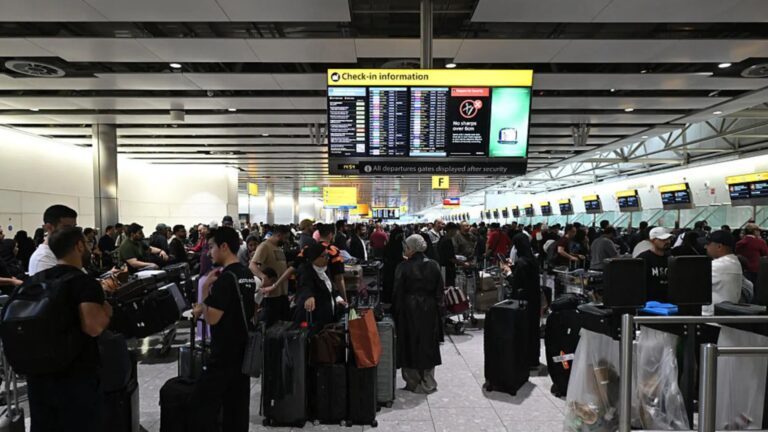
Russia and Belarus commenced Zapad 2025, their largest combined military exercises since Moscow’s full-scale invasion of Ukraine, deploying tens of thousands of troops and advanced weaponry along NATO’s eastern frontier. Beginning September 12 and running through Tuesday, the drills come just days after Russian drones violated Polish airspace for the first time, prompting NATO jets to intercept targets over alliance territory. These maneuvers mark a significant escalation in regional tensions, as the partners demonstrate capabilities that directly challenge NATO’s eastern flank.
The exercises underscore Belarus’s growing role as a staging ground for Russian operations, with drills taking place near key border areas. By showcasing new systems and massive troop movements, Russia and Belarus aim to signal military readiness while complicating NATO’s deterrence posture and testing alliance responses under Article 4 consultations.
Poland Seals Border and Mobilizes Forces
In response, Poland sealed its crossings with Belarus at midnight Thursday and deployed 40,000 troops along the eastern frontier, describing the days ahead as “critical” for European security. Prime Minister Donald Tusk warned that Poland is nearer to “open conflict” than at any point since World War II, while Interior Minister Marcin Kierwinski likened the closure to a new “iron curtain” dividing Europe. Over 1,000 vehicles are now queued at alternative crossings through Lithuania, which—alongside Latvia—has also restricted airspace until December 9 to guard against potential incursions.
These measures represent Poland’s most robust defensive posture since 2022, with rapid force mobilization and logistical preparations reflecting Warsaw’s assessment that Zapad 2025 is not merely an exercise but a rehearsal for potential aggression. NATO reinforcement plans remain on high alert, with allied units conducting parallel drills and intelligence sharing intensified to monitor Russian movements.
Nuclear-Capable Missiles Elevate Stakes
Zapad 2025 features the debut of Russia’s experimental Oreshnik intermediate-range ballistic missile system in nuclear deployment training, a move Belarusian Defense Minister Viktor Khrenin confirmed this week. Capable of Mach 10 speeds and a range of 2,000–5,000 kilometers, Oreshnik could strike any EU capital from Belarus, representing a stark escalation in the alliance’s eastern border threat landscape. Satellite imagery indicates new, covert military facilities near Minsk to accommodate these systems—installations that appear purpose-built for Russia’s next-generation missiles.
President Putin has pledged to field these nuclear-capable launchers in Belarus by late 2025, though control will remain under Russian command. Analysts view the deployment as both a strategic signal to NATO and a mechanism for bypassing Western sanctions on Russian territory.
Historical Parallels and Alliance Concerns
These exercises echo Zapad 2021, which preceded the February 2022 invasion when Russian forces crossed into Ukraine from Belarus. Although Belarus officially cites 13,000 participants, intelligence agencies suspect the actual figure is much higher, as prior exercises understated troop levels by up to 50%. NATO Secretary General Mark Rutte has warned that Moscow could be ready for full-scale war with the alliance by 2030, with the International Institute for Strategic Studies forecasting a “significant military threat” by 2027.
Western officials caution that Zapad 2025 is designed to degrade NATO deterrence, leveraging large-scale maneuvers and novel weapons to test response times and interoperability among alliance forces.
Article 4 Invocation Marks Milestone Response
Two days before Zapad 2025’s start, 19 Russian drones breached Polish airspace during a massive strike on western Ukraine. Polish and Dutch F-35s shot down multiple UAVs in the first direct engagement of Russian military assets within NATO airspace since 2022. Poland invoked Article 4 of the North Atlantic Treaty on September 10—an unprecedented move that triggered consultations on alliance security but stopped short of collective defense under Article 5.
The Article 4 request underscores the severity of perceived threats and ensures NATO members convene to assess options, from enhanced air patrols to expanded frontier deployments, signaling unity amid Moscow’s aggressive posture.












